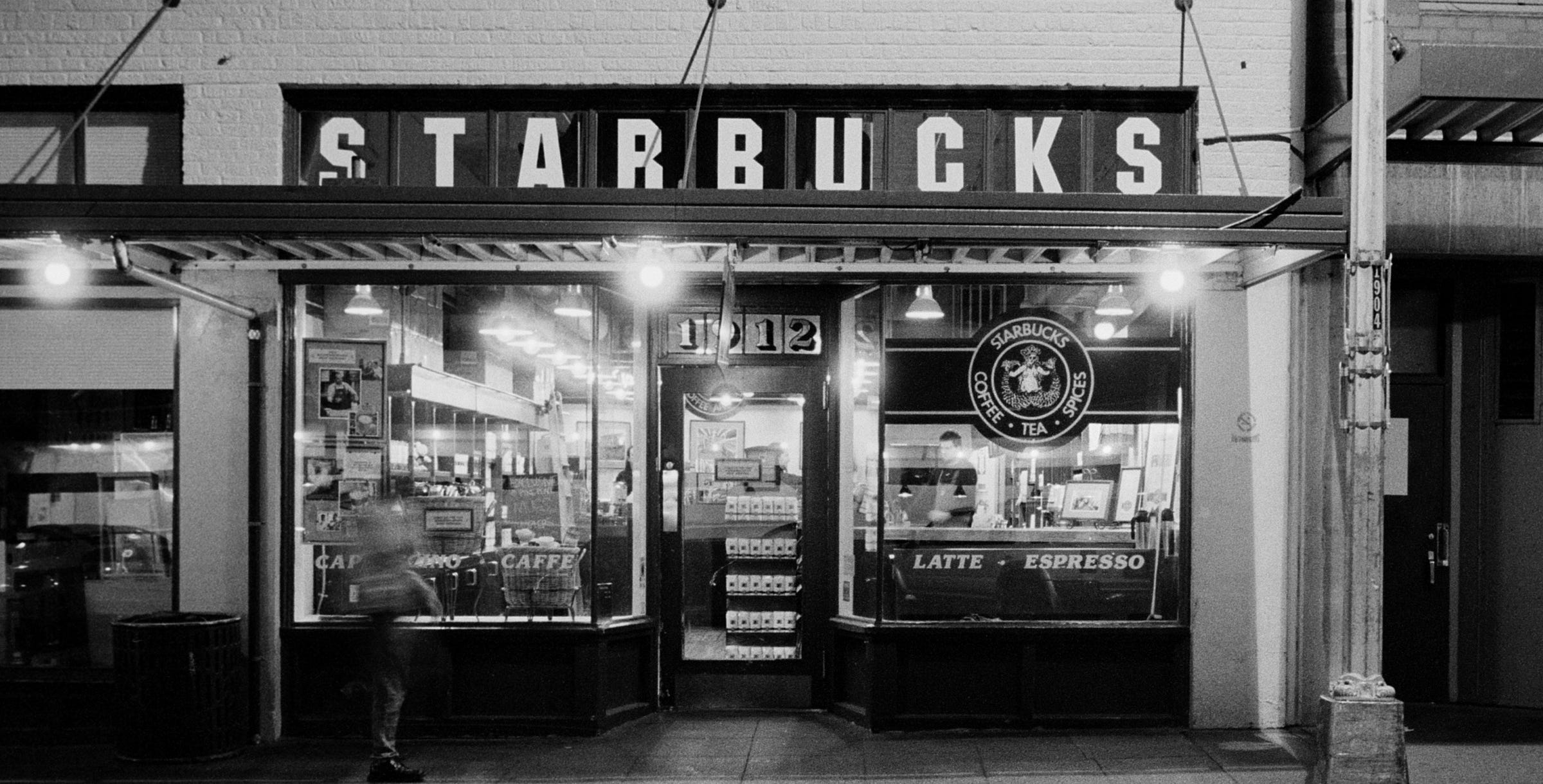Case Study: Starbucks' Web3 Odyssey
Starbucks' Web3 loyalty experience is among the most recognized in the industry. This is the definitive case study on Starbucks' Web3 strategy and how it's creating the new "digital Third Place".
Hey, it’s Marc. On 51 Insights we’re publishing obsessively curated field notes and actionable insights to help thousands of Web3 leaders grow their business. Connect with me on LinkedIn. ✌️
👉 Want to get in front of 80k+ business leaders or accelerate your growth? Work with us here.
Why Starbucks?
Starbucks is a leading consumer brand and urban lifestyle icon.
It launched its Web3 loyalty program “Starbucks Odyssey” in December 2022, and positioned itself as an industry benchmark for scalable Web3 loyalty activations for consumer brands.
How is Starbucks doing it? What can we learn from it? And is Web3 just a gimmick or loyalty’s next big thing?
Today, we’ll look at:
Starbucks & Loyalty
Starbucks Odyssey
Performance analysis, incl. on-chain data and financials
Why Web3
What other brands can learn from Starbucks
What’s next
Before we dive in, a thank you to my esteemed partner Magic.
With hundreds of Web3 wallets available, how does a brand select the right one?
The agony of choice: Brands should consider user journey, blockchain compatibility, scalability, and many more wallet-specific features. Magic stands out as a market leader with over 25 million wallets created for brands like Macy’s, Mattel or 7-Eleven. They have prepared a free, in-depth buyer’s guide with a complete evaluation checklist. Highly recommended for anyone building in Web3.

Executive Summary
Starbucks’ loyalty program “Starbucks Odyssey” was launched in December 2022 and has been very successful.
It lets users collect stamps by completing gamified, branded journeys. These stamps generate points that unlock rewards.
Odyssey still runs in “beta” and has about 35,000 members. That’s 0.04% of its 75m Starbucks Rewards members.
It generated about $1,040,000 of revenue in the first year and shows impressive revenue potential once rolled out to a broader user base.
Key strengths are its simplicity and focus, the user experience, the mechanism around collecting and gamification.
Starbucks executed its Web3 go-to-market exceptionally well by using a staged roll-out, infrastructure partnerships, and separation from its core business.
Starbucks: More than Coffee
Starbucks has established itself as more than just a coffee seller. Over more than 50 years it became a global symbol of urban lifestyle. Starbucks, which was established in 1971, has changed the way people enjoy coffee. They call it a "third place", a cozy spot between home and work where you can connect with others while sipping coffee and feel like you belong – just like in a typical Italian coffee shop (ok, almost. Nothing beats Italian espresso).
Keep reading with a 7-day free trial
Subscribe to 51 Insights to keep reading this post and get 7 days of free access to the full post archives.



